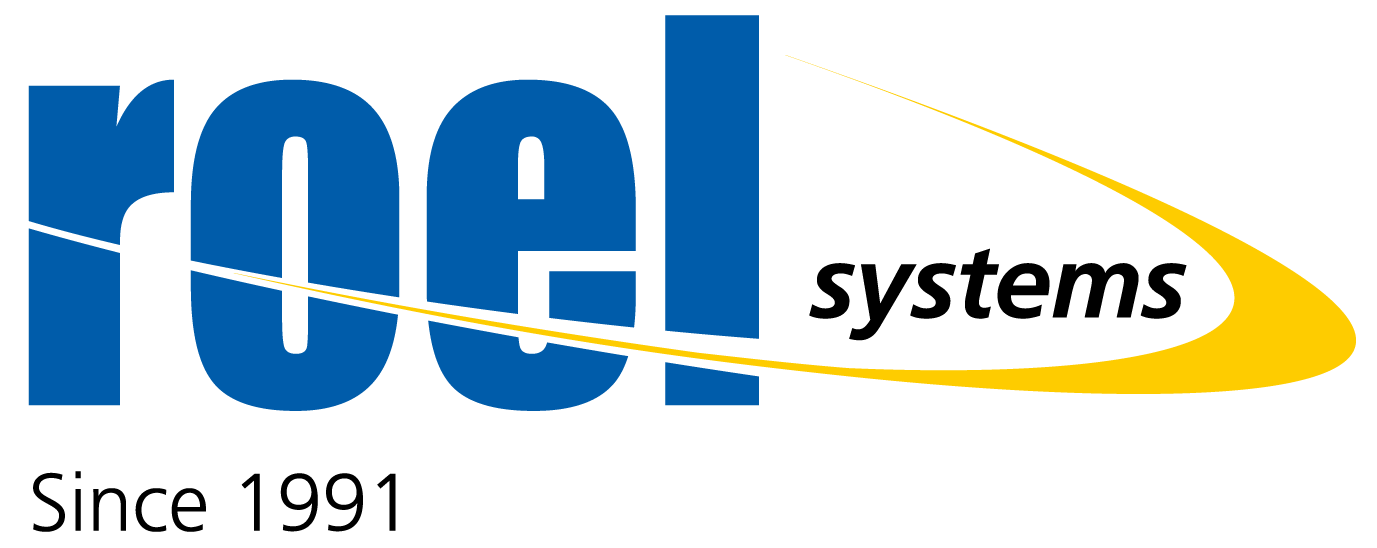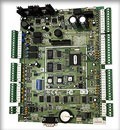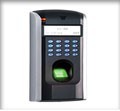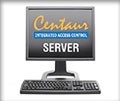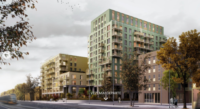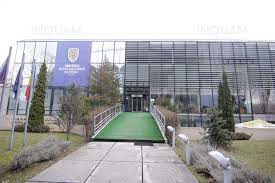The Access Control System enables the controlled access into an objective, authenticates and registers the visitor’s access preventing unwanted traffic towards the resources. The system can be used inside or outside buildings , supports industry standards and operates with different types of users , applications and services. An access control system can provide solutions for timekeeping , allows defining access areas for each person and the intervals in which it has access , which is essential for human resource management in an organization.
The controlled access into an objective, inside or outside buildings, is achieved by interconnecting dedicated electronic and mechanical elements. The electronic elements realize the identification of the person and generates the access validation. The mechanical elements are controlled by the electronic ones and make it possible for the individual access ( turnstiles , electromagnetic locks , barriers, force electromagnets ). The access systems made today allow unlimited extension, and can communicate events to a programmable central unit.
